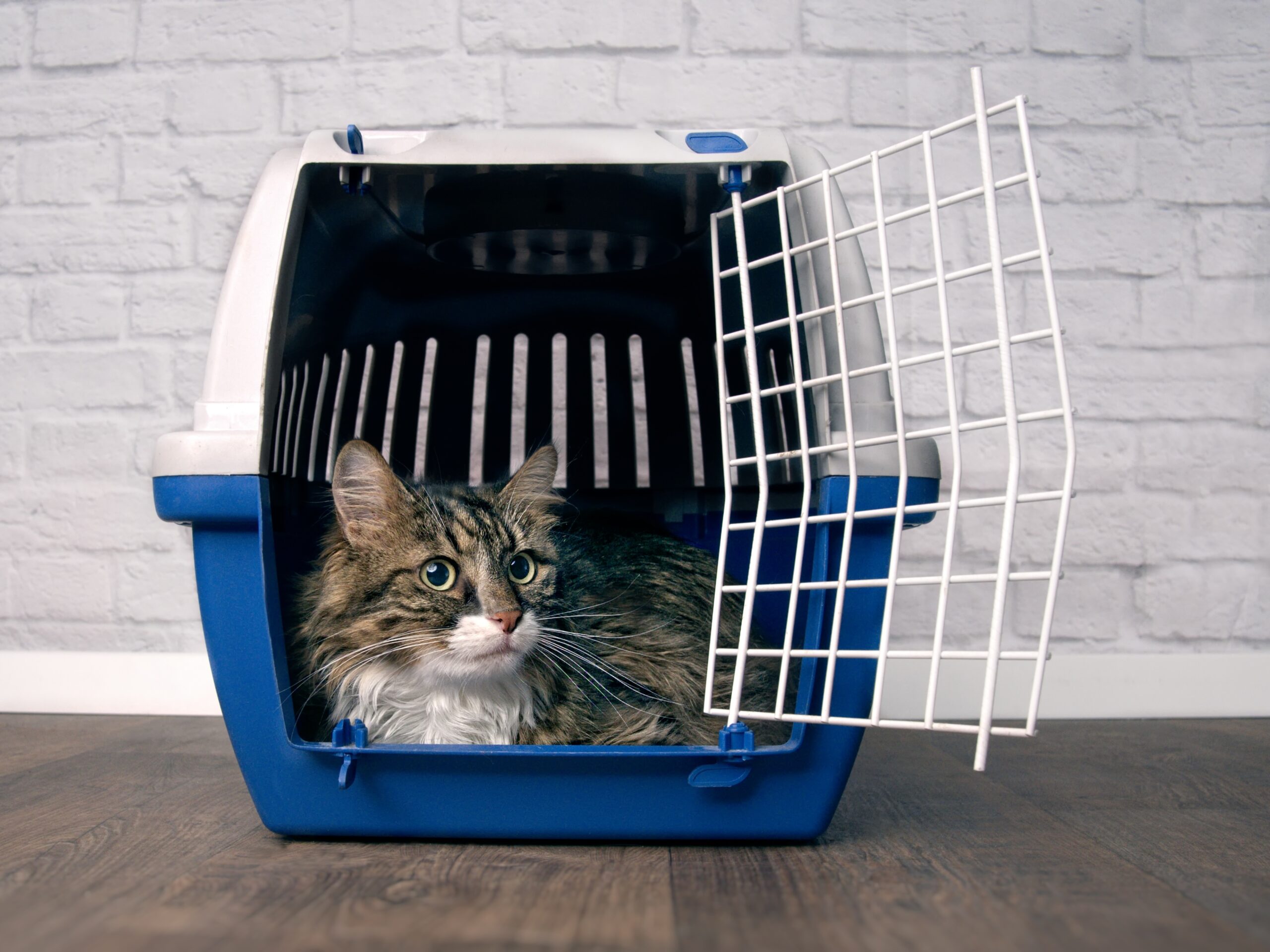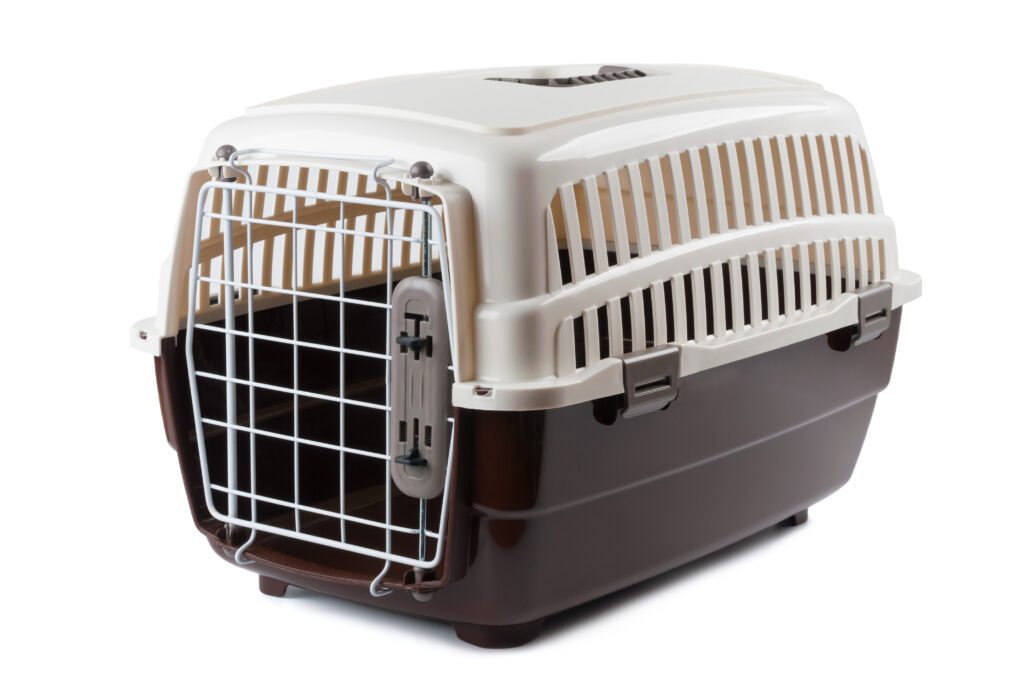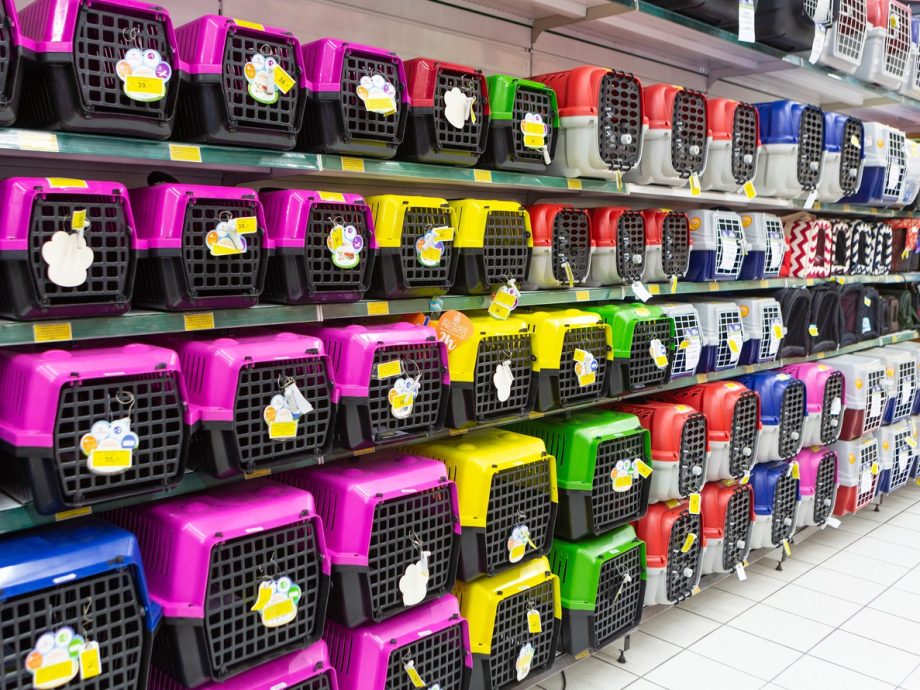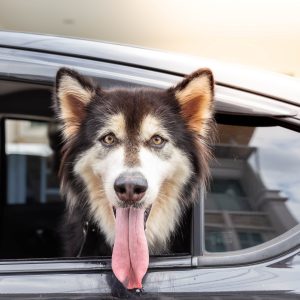The purpose of a cat carrier is to be able to transport your cat between places securely and safely without risk of losing the cat. Most carriers can fulfil those functions it they close and fasten securely, but beyond that the type of carrier you choose will have profound effects on how easy they are to use and how well the cat will respond to being in the carrier. Cats generally find it stressful to be taken away from their home environment and the choice of carrier and how it is used can have a marked effect on anxiety levels.
The Best Type of Cat Carrier
Wicker carriers or collapsible carriers may initially seem appealing but are really not good choices. Collapsible carriers may bend or fold while transporting your cat, which will inevitably make the cat feel more vulnerable and insecure, while wicker carriers are often difficult to use, especially when trying to get the cat out of the carrier.
The best type of carrier to choose is generally:
- A solid, non-collapsible robust carrier: This will house the cat safely during transport. A plastic carrier with a solid floor is an excellent choice. A solid floor will help your cat feel more secure and will mean any accidents can easily be cleaned up.
- One where the top half is easily removable: Being able to take the top half of the carrier off will mean, for example, a vet might be able to examine your cat while the cat remains comfortable within the bottom half of the carrier.
- One with an opening on top and at the front: This makes getting the cat in and out of the carrier easier and more flexible.
- One with solid sides: Although it is important for the cat to be able to see out of the carrier (for example through a front opening), your cat also needs to be able to hide if they feel insecure. Having solid sides (with ventilation holes or slits) is therefore much better for the cat.
- Make sure the carrier is big enough so that your cat can comfortably turn around inside the carrier, but not too big.

Making Sure Your Cat is Comfortable
In addition to the design of the carrier, there are a few other really important ways to make sure your cat is as comfortable as possible using it:
- Most importantly, the carrier needs to be something the cat uses regularly and feels safe in. This is best achieved by leaving the carrier out the whole time – you can put some of your cat’s food in the carrier, you can encourage them to use the carrier during play and sleep times as well. Also, put treats in the carrier on a frequent basis so that your cat associates the carrier with positive emotions. If your cat is using the carrier on a daily basis, it will be easy to encourage the cat into the carrier when you need to transport them.
- Make sure there is comfortable bedding and toys in the carrier and keep the same bedding and toys in there when you transport the cat – in this way the cat will feel much more ‘at home’ during the trip.
- Feliway® spray is a synthetic pheromone spray available through vets and pet shops. This spray mimics a natural chemical odour used by cats to indicate safety and security. Using Feliway® spray in the carrier and/or on the bedding may help increase the sense of security for your cat. Be careful though, the spray uses an alcohol-based carrier for the chemical, so it is best to spray the basket or blanket and keep it away from the cat for around 30 minutes before allowing the cat to use it.









